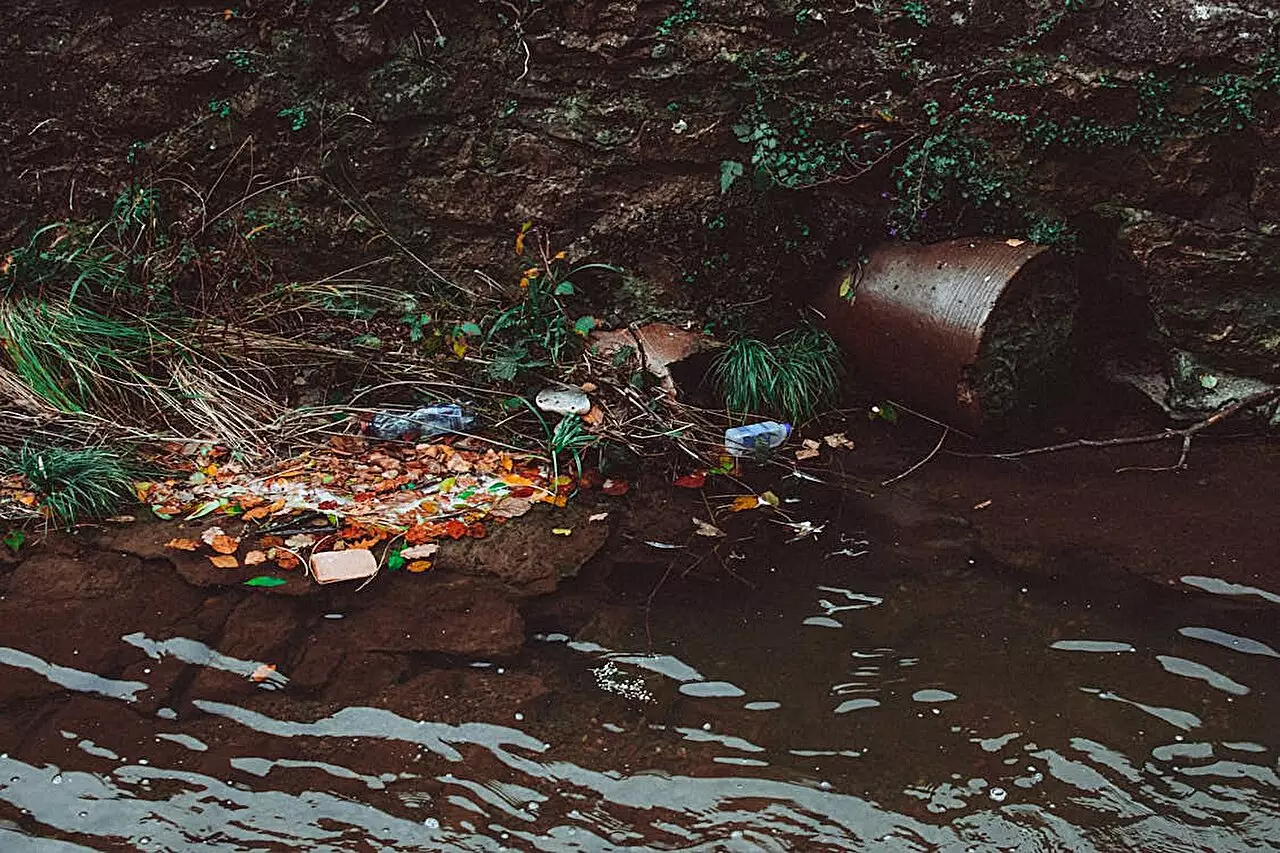The Citarum River in Indonesia stands as a stark reminder of the environmental crises that afflict many urban waterways today. Extended urbanization, industrial pollution, and the pressing challenges of climate change have severely degraded this once-thriving ecosystem. The need for urgent intervention has never been clearer, and innovative strategies are crucial for restoring this vital waterway and the communities it supports.
At the forefront of these restorative efforts is the Citarum Living Lab—a revolutionary initiative that seeks to integrate community engagement with research-driven solutions. Spearheaded by researchers from Monash University, this program emphasizes a collaborative, transdisciplinary approach to environmental rehabilitation. By uniting local residents, governmental entities, non-profits, businesses, and academic researchers, the Living Lab fosters the development and implementation of actionable interventions aimed at curbing pollution and reversing ecological damage.
One of the core tenets of the Citarum Living Lab is the emphasis on harnessing local knowledge. Dr. Paris Hadfield, a lead author of the study and a Research Fellow at the Monash Sustainable Development Institute, asserts that community participation is critical for crafting practical and sustainable solutions. This initiative demonstrates a significant shift in watershed management philosophy, prioritizing inclusivity and shared responsibility in environmental governance. By empowering local stakeholders to take ownership of their environmental challenges, the Citarum Living Lab establishes a traditional top-down approach to sustainability.
Another vital aspect of the Citarum Living Lab project is the focus on environmentally and socially resonant design interventions. As articulated by Dr. Michaela Prescott from Monash Art, Design and Architecture, the integration of technical and cultural elements is essential for restoring the river’s ecosystem. Practical design solutions must not only enhance efficiency but also align with the social and cultural norms of the communities involved. This holistic approach recognizes that environmental designs must be further grounded in the daily lives of residents if they are to be embraced and sustained.
The research conducted through the Citarum Living Lab not only contributes to the local restoration efforts but also addresses broader planetary health concerns. By advancing sustainable development goals through community-centered strategies, this initiative provides a blueprint for similar interventions globally. As river pollution continues to challenge nations worldwide, the Citarum Living Lab stands as a model for integrating ecological health with socioeconomic development—highlighting the potential for synergy in environmental restoration efforts.
The transformative journey of the Citarum River through the Living Lab approach underscores the vital importance of community engagement in tackling environmental challenges. By fostering collaborations that blend local knowledge with innovative research, this initiative holds the promise of revitalizing not just a river, but the livelihoods and health of the communities that rely on it.

